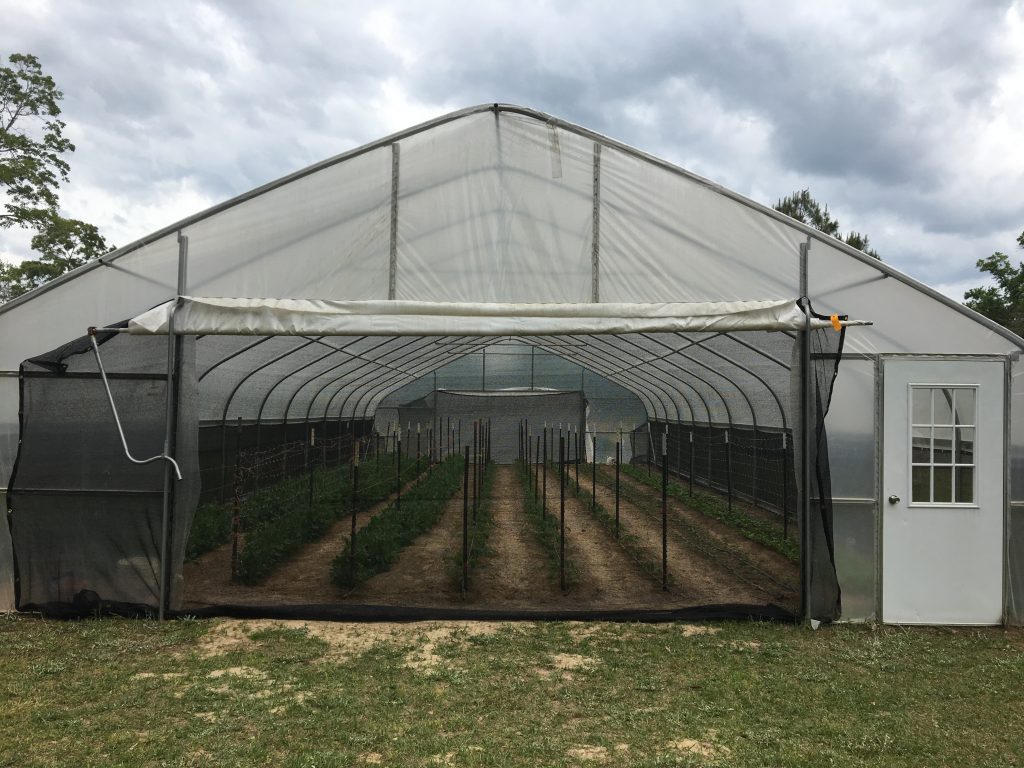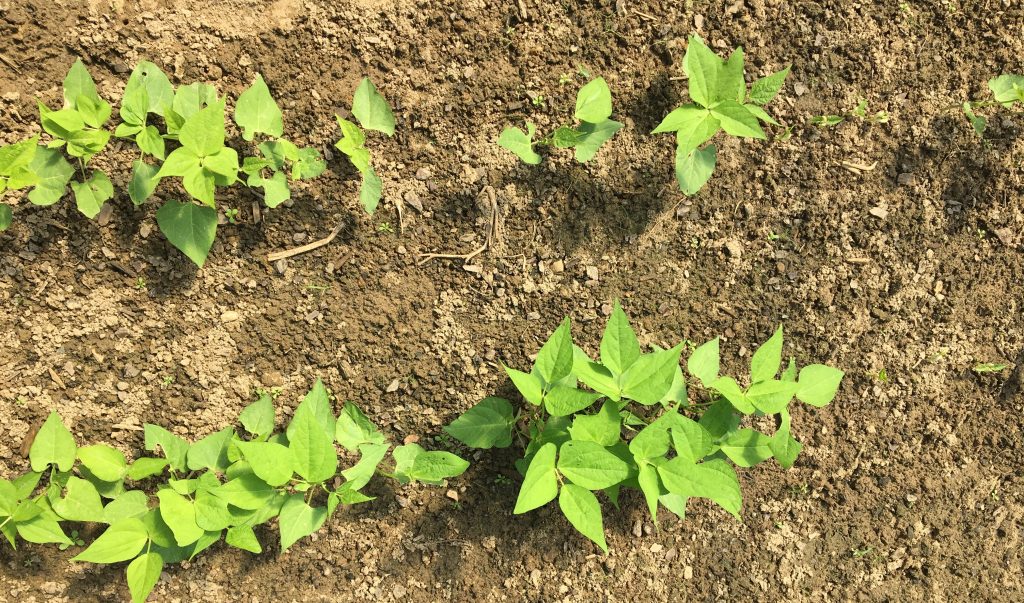
By Ayanava Majumdar, Chip East and Eric Schavey
Organic farming in the South is challenged with year-round pest pressure from established or invasive insects. A flash drought can rapidly increase pest numbers and devastate crops.
Two ways to reduce insect pests on vegetable crops, pest exclusion systems and conservation of natural enemies, have been discussed in recent VCSNews articles. This article will dive deeper into the integration of commercially available insect predators with pest exclusion tactics for vegetable production. Many growers in Alabama are currently gaining experience with this combined integrated pest management (IPM) system. Funding has been provided since 2018 by grants from the U.S. Department of Agriculture’s Sustainable Agriculture Research and Education program and the Beginning Farmer and Rancher Development program as well as the Alabama Department of Agriculture’s Specialty Crops Block Grants.

Alabama growers have been studying the effectiveness of natural enemies inside netted tunnels as a tier-2 IPM learning experience. A pest exclusion system with 50 percent shade cloth around high tunnels is meant to only exclude large moths, such as armyworms, fruitworms and hornworms. Therefore, small insects like aphids and soil-dwelling pests like mole crickets and grasshoppers can get in on their own, be transported via infested transplants or found to be established.
Let’s look at two examples of Alabama farms that are IPM demonstration locations where permanent netting and biological control were combined for practical benefits.
EXAMPLE 1
Soil-dwelling insects already established inside netted tunnels can be a major challenge for growers. In one location, mole crickets (Neoscapteriscus species) in the ground were causing poor plant stands in seed beds. These mole crickets are great at excavating soil, causing tunnels with high activity in early spring. To confirm a mole cricket problem, dig around the plants with a trowel and inspect the soil for pests.
This Alabama grower started out with light soil tillage and careful planning of crops to deal with the mole cricket situation. Commercial products containing the beneficial nematodes Steinernema carpocapsae (NemAttack Sc) and Heterorhabditis bacteriophora (NemaSeek Hb) are known to give excellent control of a broad range of soil pests like grubs, weevils, beetles and more. These nematodes were drenched in the seed beds at a high rate (10 million units each) during the early morning hours when the mole crickets are actively feeding inside the high tunnel. The grower noticed a significant reduction in mole crickets within a week. There was no reinfestation of mole crickets since new populations could not migrate into the netted tunnel.
EXAMPLE 2
In another location, potato aphids became established inside a netted high tunnel on leafy greens. In this case, the grower released a combination of convergent lady beetles, lacewing egg cards that can be attached to plant surfaces, assassin bugs and the wasp parasitoid Aphidius colemani. This combination served as a multifaceted attack on the aphids.
This grower also used Nolo Bait, a product containing microscopic protozoans, for controlling grasshoppers that were in the ground before the pest-exclusion netting was installed. Using the predators, this grower noticed about an 80% reduction in aphid populations. There was no resurgence of pest populations, indicating sustained suppression. Often, biological control products take days to weeks for full effect, so growers have to be patient and refrain from making any insecticide applications.
GROWER TIPS
Always purchase beneficial insects from reliable sources. Release of natural enemies can be staggered over several days if the live insects are kept in cool, dry conditions in their original packaging. Make arrangements with your vendor to ensure timely delivery of live insects that are in good condition.
Scout at least weekly and keep records of pest infestations.
To stay current with additional IPM research and pest alerts, subscribe to the Alabama IPM Communicator E-newsletter (www.aces.edu/ipmcommunicator). Use the Farming Basics app from Alabama Extension to identify common insects, connect to beginning farmer resources, and to contact a commercial horticulture regional Extension agent if you farm in Alabama.
Ayanava Majumdar is an Extension professor at Auburn University. Chip East and Eric Schavey are regional Extension agents with the Alabama Cooperative Extension System.









